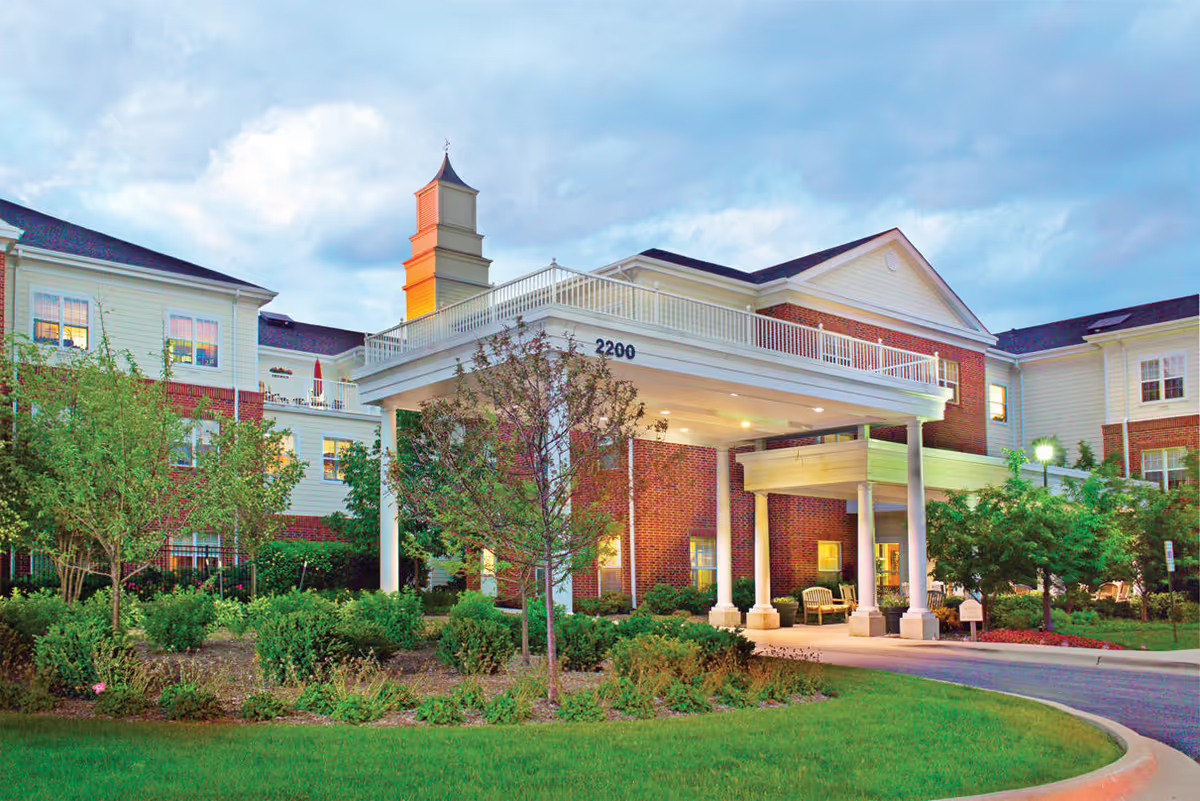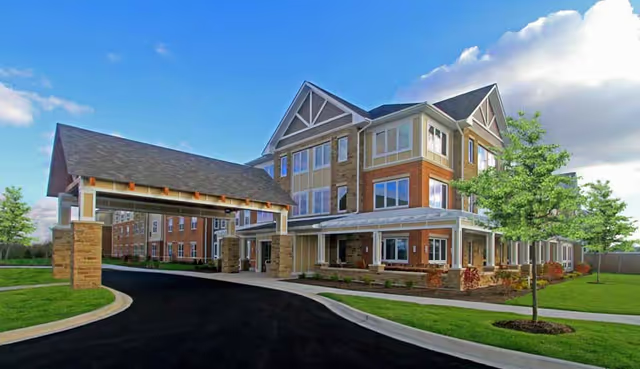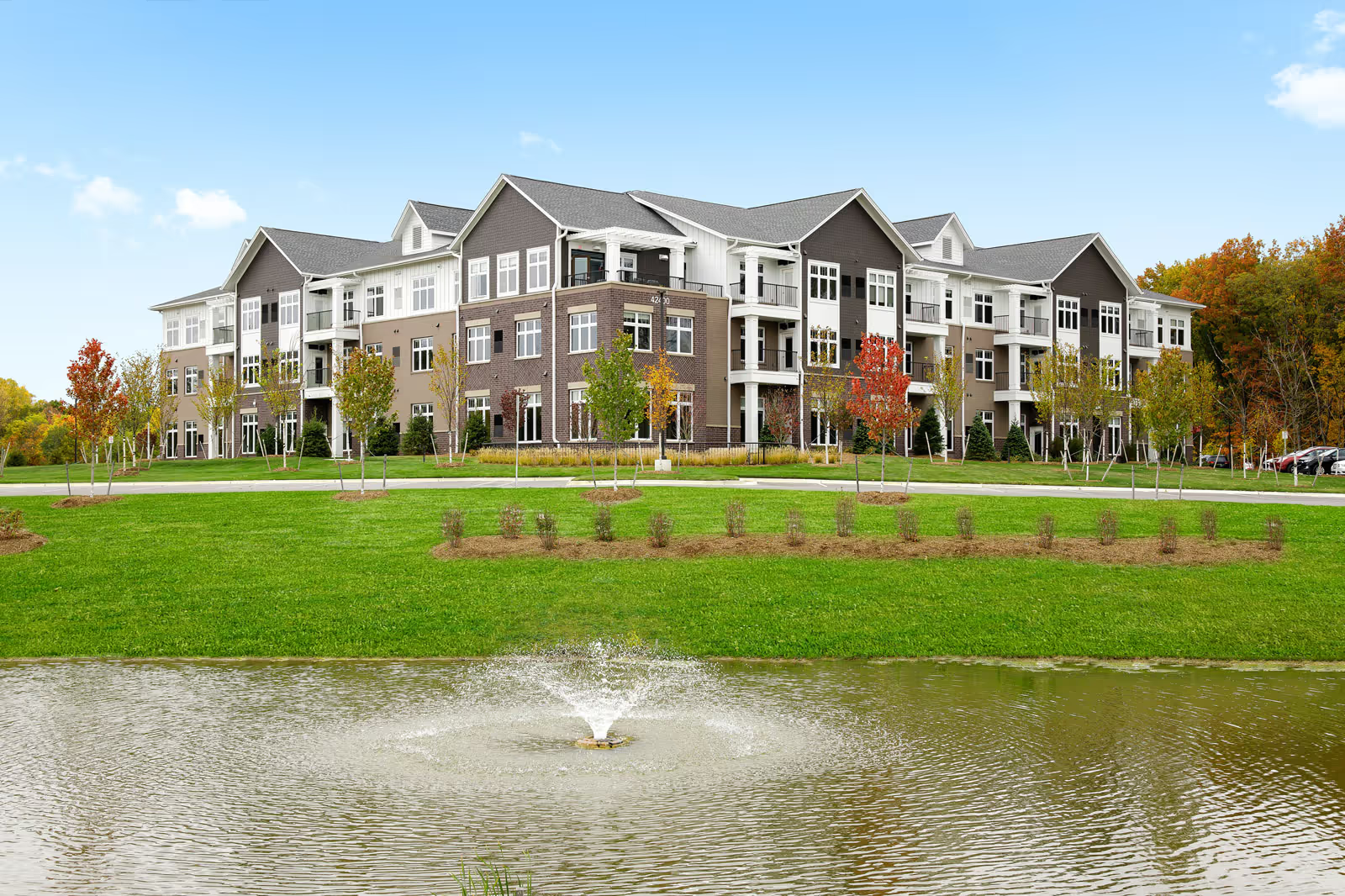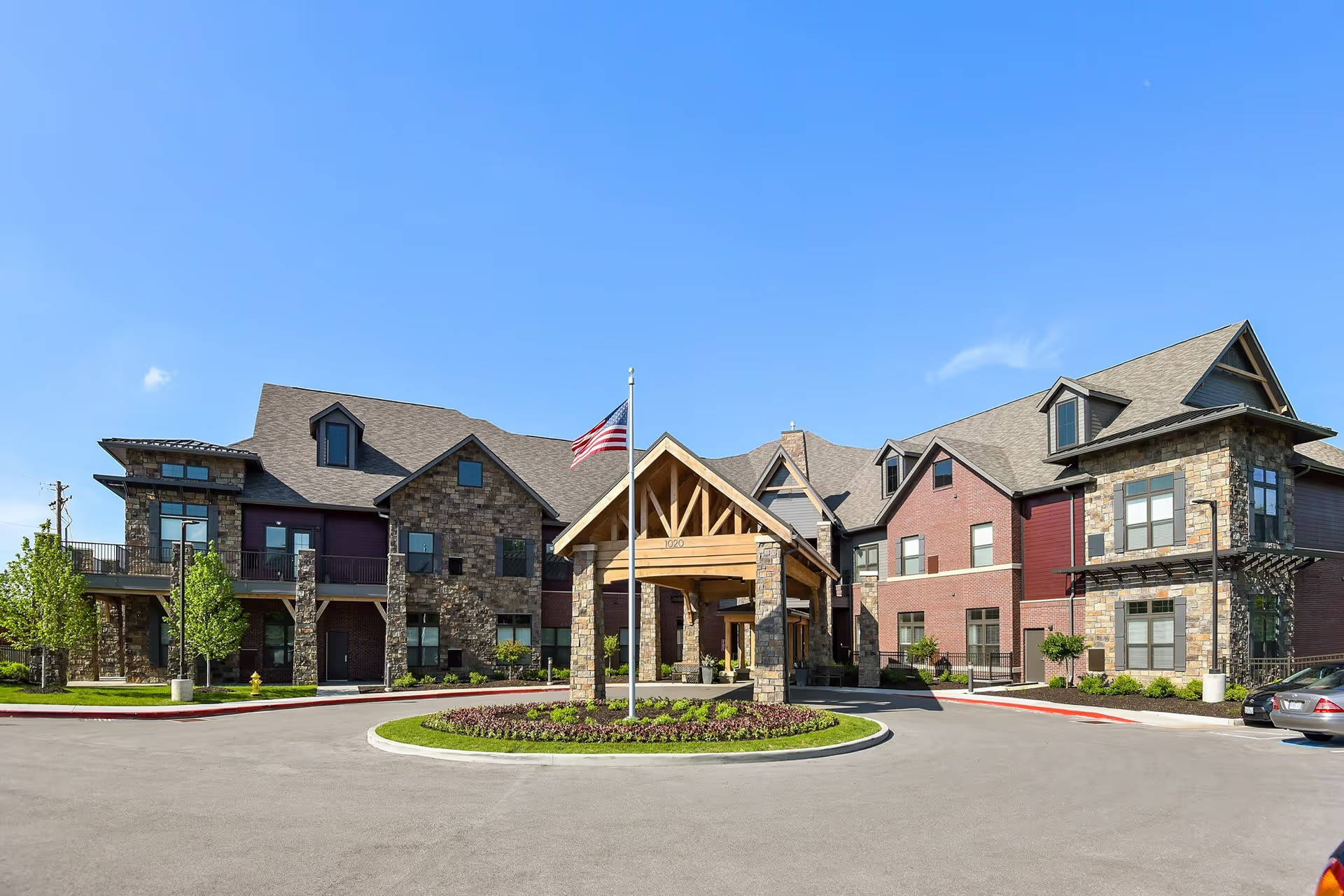Overall sentiment about Lakeview Nursing and Rehabilitation Center is deeply mixed and highly polarized. Many reviews praise individual caregivers, specific staff members, and certain aspects of the facility (notably room size, rehabilitation therapy, and proximity to urban amenities). However, an equally large and often more severe set of reports describes systemic problems — understaffing, inconsistent care, safety incidents, hygiene and food-safety concerns, and troubling allegations of neglect and abuse. These competing narratives suggest the facility offers excellent care in pockets (specific shifts, units, or staff) but has persistent operational problems that create high variability in resident experience and safety.
Care quality and safety are the most frequently raised issues. Several reviewers described timely, compassionate care, effective rehab with daily therapy, and good clinical oversight in positive accounts. Conversely, many other summaries document very serious failures: delayed call-button response times measured in hours, missed turning and diaper changes leading to bedsores and infections, poor wound care and worsening wounds, alleged overmedication, delayed emergency responses, and multiple accounts of patient deaths or hospital transfers tied to perceived neglect. Falls and other injuries were mentioned repeatedly; missing bed rails and dropped residents were cited as concrete safety hazards. The mix of glowing rehab outcomes and reports of life-threatening neglect indicates inconsistent clinical practices that may depend on staffing levels, shift, or individual caregivers.
Staffing and culture are central to the polarized reviews. Numerous accounts praise CNAs, nurses, and particular staff (Jason the social worker, nurse Esther, Talia) for compassion, communication, and going above and beyond for families. These positives include family-centered communication, informative updates, and accommodating visitation. At the same time, high staff turnover, frequent use of agency/temporary staff, and reports of overnight understaffing correlate with many negative reports. Reviewers described rude or discriminatory behavior, language barriers interfering with care, unprofessional conduct (smoking near patients, dropped food, verbal mistreatment), and a perception that administration either tolerates or covers up poor practices. This combination suggests that while some experienced, committed staff provide very good care, systemic workforce instability and weak leadership undermine consistent performance.
Facility, cleanliness, and security feedback is also mixed. Multiple reviewers explicitly called the center very clean and well maintained, and others complimented modest but adequate common areas and large resident rooms. Contradicting those statements, numerous reviews report pervasive smells of urine and feces, unhygienic conditions, and poor handling of post-surgical or bleeding situations. Security shortcomings are notable: repeated reports of theft, unlocked storage, and inadequate supervision have left families feeling unsafe and vulnerable to loss of residents’ belongings. Parking is small and limited, and as an urban facility there is little or no outdoor space — practical downsides for families visiting or residents who want outdoor access.
Dining and nutrition present varied experiences. Some families said meals were good to very good and that visitor meals were accommodated. Other reports describe poor food quality, undercooked meat, unsafe food handling (food dropped and re-served), overly restrictive or inappropriate diets, and underfeeding or dehydration risk. These food-related complaints are sometimes linked to incidents of illness or weight loss and raise concerns about dietary management and kitchen staff training.
Administration, admissions, and billing are recurring problem areas in the negative reviews. Several summaries accuse admissions staff or administrators of deception (promises or restrictions not disclosed), extending stays for administrative reasons, or restricting residents’ freedom. Multiple families reported aggressive or erroneous billing practices, harassment calls, collection notices, and post-death billing disputes with no clear written agreements about financial responsibility. Poor responsiveness from floor management and an overall perception of unhelpful or defensive leadership heighten family frustration and erode trust.
Activities, social services, and rehabilitation receive some praise but also show inconsistency. Positive accounts note regular activities, bingo where families may join residents, outside care group visits, and proactive social services. Other reviews report few activities, limited programming, and reduced weekday/weekend staffing that curtails engagement. Rehabilitation and therapy are a strong point for some residents — daily PT and good outcomes were described — which aligns with the positive rehab-focused reviews.
Notable patterns across the reviews are the extremes in reported experience and the apparent link between staffing/leadership and outcomes. When experienced, stable staff and responsive social services are present, families report clear communication, good rehab progress, and compassionate care. When staffing is thin, turnover is high, or agency staff predominate, reviewers report delays, neglect, hygiene and safety failures, and at times allegations of abuse and serious harm. Because these patterns recur in many summaries, the facility appears to deliver care quality unevenly rather than uniformly good or bad.
In summary, Lakeview Nursing and Rehabilitation Center shows both strengths and critical weaknesses. Strengths include committed individual caregivers, beneficial rehabilitation services for some residents, large rooms, and an urban, convenient location. However, persistent concerns about staffing, safety, hygiene, food handling, management transparency, and billing disputes are common and in many cases severe. Prospective residents and families should be aware of this variability: outcomes seem highly dependent on which staff are on duty and the responsiveness of administration. If considering this facility, it would be prudent to verify current staffing levels, infection-control practices, security measures, wound-care procedures, complaint resolution processes, and to ask for references from recent families who had long stays, as the reviews indicate experiences can vary dramatically over time or by unit.







